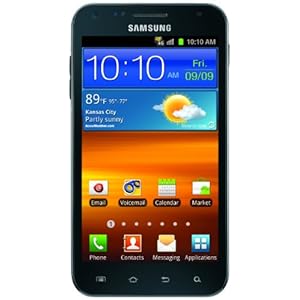HOW TO MIX A GOOD ROCK / METAL GUITAR! PART 2/2
CLICK HERE FOR THE PART 1/2 OF THIS TUTORIAL!
Hello! On the first part of this tutorial we've seen how to acquire the guitar signal and how to Equalize it, this time we're going to analyze the remaining steps to mix it: Compression / Multiband Compression, Tube Saturation / Frequency Excitement / Virtual Console Emulation, Panning.
Let's start from the first step:
- Compression (click here for a dedicated article): this is the first thing check after eqing, and it's crucial: since gain is a natural compressor, it will already flatten most of the dynamics, so our first aim will be mainly to tame the lows; without compression, in facts, a palm muting will generate high peaks in volume, so we're going to compress in order to cut these peaks leaving the rest of the wave untouched.
The ratio depends on if we're already using a Mix Buss Compression unit on our stereo buss or not (the more compressors are stacked on a sound, the less aggressive should be the settings of each one), but we can start with a ratio as low as 4:1, with an attack as fast as possible ad a release of around 0.50ms, and just pull down the gain reduction until palm muted parts and open parts sounds even. If we push the compression further from this point, the result will sound increasingly harsh and fizzy (avoid it).
Eventually someone even suggest to use a Limiter instead of a compressor, just to keep the lows down, in the same manner we'd use a broadband Compressor, but being even more careful not to process anything else than the palm muting spikes.
In order to have a more focused compression on the lower area avoiding to accidentally ruin the general sound, we may also consider Multiband Compresion: there is a specific setting suggested only to tame the lows on high gain guitar leaving the rest of the spectrum untouched, shared by the famous producer Andy Sneap, which can be seen HERE.
- Tube Saturation / Frequency Excitement / Virtual Console Emulation: these three are alternative solutions; using more than one of them on the same sound will result in a screaming mess, and all of them are optional: they are rarely essential, but sometimes their sligh boosting on the mid-high frequencies will be just the thing we need to add some presence on an excessively flat sound, and they will generally sound better than just boosting the eq.
Let's talk briefly about them, ordered by an increasing effect on the final sound:
Virtual Console Emulation (click here for a dedicated article) adds a sligh colour to the sound, usually pushing it towards the midrange and a gentle compression and saturation, and sometimes these plugins can improve a little the sound just being loaded on the buss. This kind of plugin shares the same logic used on Virtual Channel Strips, which also can be used to colour the sound, and are commonly found on many professional Guitar Busses.
Tube / Tape Saturation (click here for a dedicated article): the natural saturation / compression effect provided by adding some saturation on a Guitar buss will often make the sound smoother, fatter and more controlled, rather than using straight compression and eq, just beware not to overdo, or the excess of gain and harmonics will result in an unpleasant, fizzy sound.
Harmonic Exciters (click here for a dedicated article): I suggest to use these ones only if there is no other way to make the guitar sound to cut through the mix, since usually these processors tend to change the sound in a very aggressive way, adding harmonics on certain areas of the spectrum. My suggestion is to use it only on the high end of the sound, and to not process the low end, otherwise we'll find our guitar sound full of ultra-low frequencies that will only harm the low end of our mix. We can start with a plugin like the free X-Cita, setting the Low Contour control to zero, and raising the Hi Contour knob to taste, until the guitar starts to gain presence, being VERY aware not to overdo!
- Panning (click here for a dedicated article): once we are satisfied with our sound, it's time to record 2 or 4 instances of our guitar, in order to create a wall of sound: with four takes the sound will obviously be thicker than with two, but sometimes a mix with four guitars leaves very few room for the other instruments, so if we have a busy mix it's better to try with just 2 tracks.
If we have two tracks the idea is to set them wide, 90% left and 90% right, or straight full left and full right.
If we have four tracks, we can set two of them at the extreme left and right, the other 2 can be set 70% left and 70% right, and we can also experiment a different sound for these two, or a different eq, to make the sound more rich and various.
Notice: when recording two or four tracks, we'll have to record 2 or 4 different takes, because if we just copy the same take on the other tracks, the only result will be an increase in volume.
So Here's our Chain: Signal -> Subtractive Eq -> Compression ->(Tube Saturation / Harmonic Exciter / Virtual Console Saturation)-> Panning
I hope this was helpful! If you have a different method of guitar mixing, share it with us!
CLICK HERE FOR THE PART 1/2 OF THIS TUTORIAL!
Become fan of this blog on Facebook! Share it and contact us to collaborate!!





